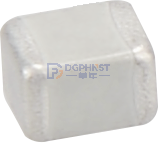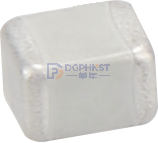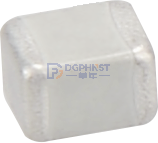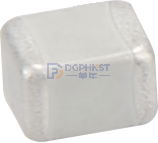List of Chip Capacitor Selection and Online Purchase Address: Click on the image to enter
hnstshop.com/product-list/C-C-p1.html" target="_blank" rel="noopener">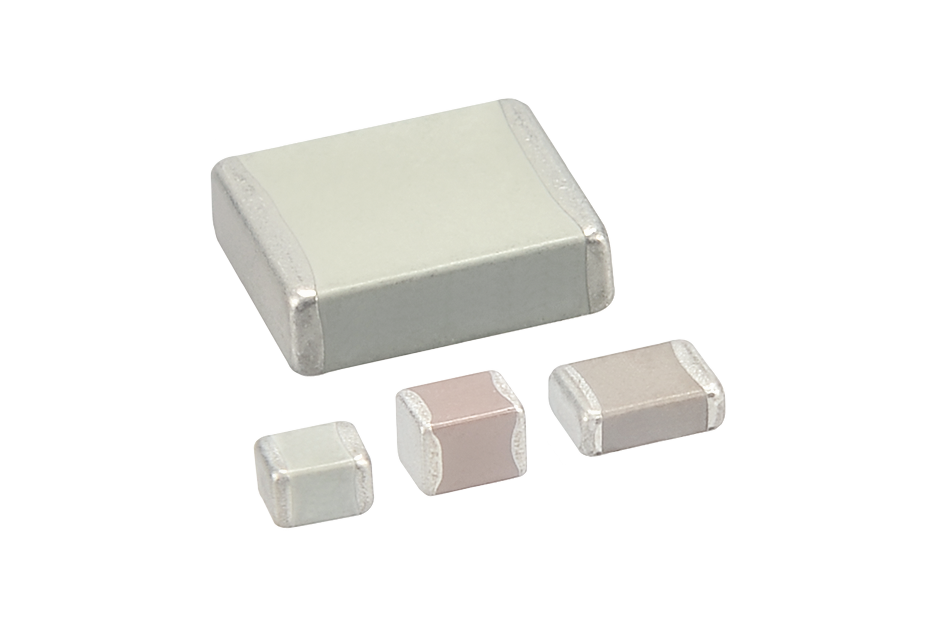
Chip capacitors are a common electronic component widely used in filtering circuits in various electronic devices. In filtering circuits, patch capacitors play an important role in filtering current, improving circuit stability and performance. This article will provide a detailed introduction to the performance of chip capacitors in filtering circuits.
Firstly, patch capacitors can achieve DC bias filtering. DC bias is a very common problem in electronic devices. DC bias can cause unstable circuit operation, affecting signal transmission and processing. Chip capacitors can filter out DC bias through filtering, making the signal more stable. This is very important for ensuring the normal operation of the equipment.
Secondly, patch capacitors can achieve filtering of high-frequency signals. In electronic devices, high-frequency signals are very common. The presence of high-frequency signals can interfere with the transmission and processing of other signals, affecting the performance of the equipment. Chip capacitors can filter out high-frequency signals by selecting appropriate capacitance values, enabling other signals to be transmitted and processed normally. This is very important for improving the performance and stability of the equipment.
In addition, patch capacitors can also achieve noise filtering. In electronic devices, noise is inevitable. Noise can interfere with signal transmission and processing, affecting the performance and quality of equipment. Chip capacitors can filter out noise through filtering, making the signal clearer and more stable. This is very important for improving the quality and user experience of the device.
The performance of chip capacitors in filtering circuits also includes the following aspects:
1. Frequency response: The frequency response of a patch capacitor refers to the impedance change of the capacitor at different frequencies. In the filtering circuit, it is necessary to select suitable patch capacitors to achieve filtering of signals at different frequencies. The frequency response characteristics of patch capacitors determine their performance in filtering circuits.
2. Capacitance value: The capacitance value of a patch capacitor refers to the amount of charge that the capacitor can store. In the filtering circuit, it is necessary to select appropriate capacitance values to achieve signal filtering. The larger the capacitance value, the better the filtering effect. However, excessive capacitance values can lead to an increase in circuit volume and cost, so a balance needs to be made between filtering effectiveness and cost.
3. Voltage withstand capacity: The voltage withstand capacity of a chip capacitor refers to the highest voltage that the capacitor can withstand. In the filtering circuit, capacitors need to withstand a certain voltage, so it is necessary to choose chip capacitors with sufficient voltage resistance. If the voltage withstand capacity of the capacitor is insufficient, it may cause safety issues such as short circuits and explosions.
4. Temperature characteristics: The temperature characteristics of patch capacitors refer to the performance changes of capacitors at different temperatures. In filtering circuits, temperature can have an impact on the performance of capacitors. Therefore, it is necessary to choose chip capacitors with stable temperature characteristics to ensure the normal operation of the filtering circuit at different temperatures.
In summary, chip capacitors play an important role in filtering circuits. It can achieve filtering of DC bias, high-frequency signal, and noise. At the same time, the frequency response, capacitance value, withstand voltage capability, and temperature characteristics of SMD capacitors also affect their performance in filtering circuits. Therefore, when selecting and using patch capacitors, it is necessary to comprehensively consider these factors in order to meet the design requirements of the filtering circuit and improve the performance and stability of the equipment.

